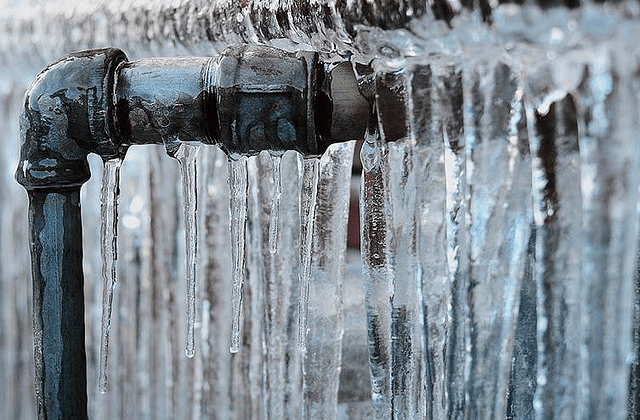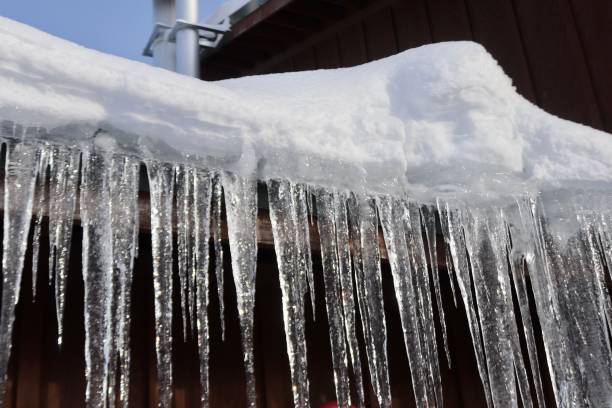Preventing Frozen Pipes in Winter: Essential Tips
Preventing Frozen Pipes in Winter: Essential Tips
Blog Article
Just how do you really feel in regards to Preventing and dealing with frozen pipes?

Winter can wreak havoc on your pipes, specifically by freezing pipelines. Below's just how to prevent it from taking place and what to do if it does.
Introduction
As temperature levels decline, the danger of icy pipelines boosts, potentially resulting in costly fixings and water damages. Recognizing exactly how to prevent icy pipes is important for property owners in chilly climates.
Recognizing Frozen Pipelines
What triggers pipes to ice up?
Pipelines freeze when revealed to temperature levels listed below 32 ° F (0 ° C) for prolonged periods. As water inside the pipes ices up, it broadens, taxing the pipe wall surfaces and potentially triggering them to burst.
Dangers and problems
Icy pipes can bring about water system interruptions, residential property damage, and expensive repair services. Ruptured pipes can flooding homes and create comprehensive structural damages.
Indications of Frozen Pipeline
Identifying icy pipes early can stop them from bursting.
Just how to determine frozen pipelines
Seek decreased water circulation from faucets, unusual smells or noises from pipelines, and visible frost on subjected pipelines.
Avoidance Tips
Insulating at risk pipes
Cover pipelines in insulation sleeves or use warmth tape to safeguard them from freezing temperature levels. Focus on pipelines in unheated or outside locations of the home.
Heating strategies
Keep indoor spaces properly warmed, particularly locations with plumbing. Open closet doors to allow cozy air to circulate around pipes under sinks.
Shielding Outdoor Plumbing
Garden pipes and exterior taps
Disconnect and drain garden hose pipes prior to winter months. Mount frost-proof spigots or cover outdoor faucets with insulated caps.
What to Do If Your Pipes Freeze
Immediate actions to take
If you think frozen pipelines, maintain taps available to eliminate pressure as the ice thaws. Make use of a hairdryer or towels soaked in hot water to thaw pipes slowly.
Long-Term Solutions
Architectural changes
Take into consideration rerouting pipelines away from outside wall surfaces or unheated locations. Include additional insulation to attic rooms, basements, and crawl spaces.
Updating insulation
Purchase top notch insulation for pipelines, attic rooms, and wall surfaces. Appropriate insulation aids maintain regular temperatures and decreases the threat of frozen pipes.
Verdict
Protecting against icy pipelines requires proactive actions and quick responses. By understanding the reasons, indications, and preventive measures, property owners can protect their pipes during winter.
6 Proven Ways to Prevent Frozen Pipes and Protect Your Home
Disconnect and Drain Garden Hoses
Before winter arrives, start by disconnecting your garden hoses and draining any remaining water. Close the shut-off valves that supply outdoor hose bibs and leave the outdoor faucet open to allow any residual water to drain. For extra protection, consider using faucet covers throughout the colder months. It’s also important to drain water from any sprinkler supply lines following the manufacturer’s directions.
Insulate Exposed Pipes
Insulating your pipes is an effective way to prevent freezing. Pipe insulation is readily available at home improvement stores and is relatively inexpensive. Pay close attention to pipes in unheated areas such as the attic, basement, crawl spaces, or garage. Apply foam insulation generously to create a buffer against the cold. You can also wrap your pipes in heat tape or thermostat-controlled heat cables for added warmth.
Seal Air Leaks
Inspect your home for any cracks or openings that could let in cold air. Seal any holes around the piping in interior or exterior walls, as well as the sill plates where your home rests on its foundation. Additionally, make sure to keep your garage door closed unless you’re entering or exiting. Leaving it open creates a significant air leak that can lead to frozen pipes.
Allow Warm Air Circulation
During cold snaps, it’s essential to allow warm air to circulate evenly throughout your home. Leave interior doors ajar to promote better airflow. Open kitchen and bathroom cabinets to help distribute heat consistently around the rooms. If you have small children or pets, be sure to remove any household chemicals or potentially harmful cleaners from open cabinets for safety.
Let Faucets Drip
A small trickle of water can make a big difference in preventing ice formation inside your pipes. When temperatures drop significantly, start a drip of water from all faucets served by exposed pipes. This continuous flow helps prevent the water from freezing. Additionally, running a few faucets slightly can relieve pressure inside the pipes, reducing the chances of a rupture if the water inside does freeze.
https://choateshvac.com/6-proven-ways-to-prevent-frozen-pipes-and-protect-your-home/

I stumbled upon that content on Winter Plumbing Precautions: Preventing Frozen Pipes when surfing around the web. Sharing is nice. Helping others is fun. Many thanks for being here. Please come visit our blog back soon.
Check This Out Report this page